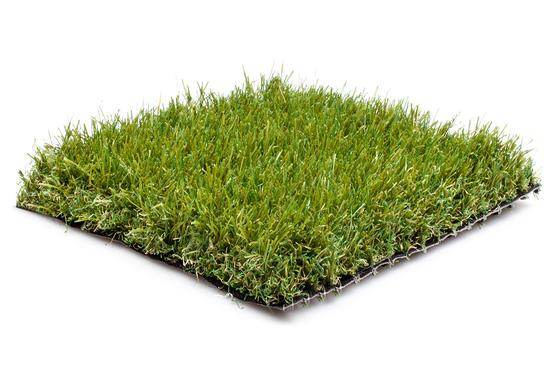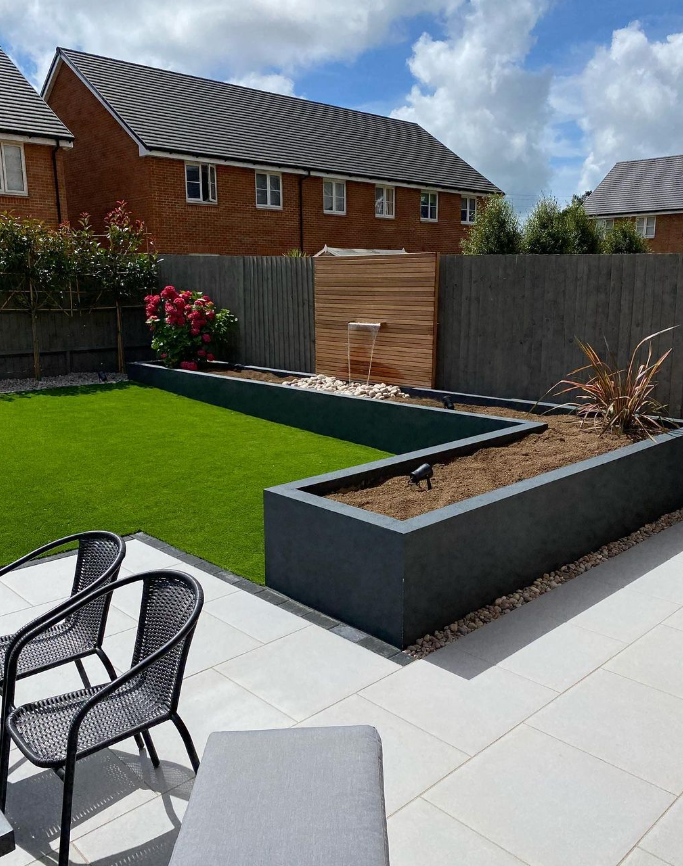
Power Brush vs Hoovering: Which is Best for Artificial Grass?
Keeping an artificial lawn tidy seems straightforward, yet many homeowners pause when deciding how best to look after it. Some lean towards hoovering artificial lawn surfaces, as it feels familiar, while others reach for a specialist brush designed to lift and freshen the turf. This choice often sparks the question: power brush vs lawn hoovering – which really works better?
The answer isn’t one-size-fits-all. Both methods have their place, and the right approach usually depends on what you’re dealing with: flattened fibres, scattered leaves, or maybe pet hair that clings stubbornly. By weighing up how each option performs, you can find the best way to clean fake grass in a way that saves time, preserves appearance, and keeps maintenance from feeling like a chore.
Lifting Flattened Fibres

Artificial grass looks its best when the fibres stand upright, yet over time they tend to flatten under daily use, garden furniture, or just regular footfall. A tidy lawn can suddenly appear a little tired if the pile becomes matted.
Power brushing synthetic turf is usually the most effective way to restore that springy look. The bristles agitate the fibres from different angles, lifting them back into place and spreading the infill evenly to support stability. In contrast, hoovering artificial lawn surfaces doesn’t do much to raise the pile; suction mainly pulls at the top layer, often leaving fibres pressed down.
In short, both tools have a role, but if the main aim is to revive a flattened surface, brushing comes out ahead.
Quick comparison:
-
Power brushing – lifts matted fibres, spreads infill, refreshes the look.
-
Hoovering – mainly removes loose bits, little effect on pile height.
Effectiveness at Removing Leaves and Debris
Leaves, twigs, and bits of general garden mess tend to collect quickly on artificial grass, especially in autumn or after windy weather. For many homeowners, this is the main reason they look into artificial grass cleaning tools.
A power brush works by sweeping debris across the surface, so it’s usually very effective at shifting light material without clogging. It also covers wider areas quickly, which helps if you’re dealing with regular leaf fall. On the other hand, hoovering artificial lawn debris can be hit or miss. While suction picks up some leaves, larger or damp material often blocks the pipe, meaning the job takes longer and sometimes requires clearing out the machine mid-way.
So, while hoovering might manage small dry particles, brushing tends to be the best way to clean fake grass when the garden is scattered with leaves or heavier debris.
Handling Pet Hair and Fine Dirt

For households with dogs or cats, keeping a synthetic lawn free from hair can be an ongoing challenge. Fibres often trap strands, and fine dirt can settle deep within the pile. A power brush tends to shift more of this build-up, as the bristles dig slightly deeper into the surface and agitate material that’s otherwise hard to reach.
Hoovering artificial lawn areas, by contrast, sometimes struggles here. Suction alone may pick up loose hairs on the surface, yet those tangled in the fibres usually remain behind. The same applies to fine dust; some gets removed, but not all.
Pros and cons at a glance:
-
Power brushing synthetic turf – loosens trapped hair and dirt, refreshes pile.
-
Hoovering – collects loose particles, less effective with embedded mess.
Impact on Infill Levels and Turf Stability
Artificial grass usually contains infill, such as sand or rubber granules, which help fibres stay upright and give the surface a more natural feel underfoot. This layer also supports drainage and keeps the turf stable. Any cleaning method that disturbs infill too much can shorten the life of the lawn.
Power brushing synthetic turf is generally designed to move infill evenly across the surface rather than remove it. That redistribution helps keep fibres supported and prevents patchy areas from developing. By contrast, hoovering artificial lawn areas can sometimes suck up infill along with loose debris. Over time, that may leave the surface less stable and less comfortable to walk on.
For anyone looking for specific artificial grass maintenance tips, keeping infill balanced is key – and brushing is usually the safer choice for long-term stability.
Time Required for a Full Garden Clean
Cleaning artificial grass isn’t just about results – time matters too. A power brush usually covers a wider area per pass, so it tends to be quicker for routine upkeep. The bristles loosen debris as they move, meaning fewer repeat sweeps are needed.
Hoovering artificial lawn debris can be more time-consuming. Damp leaves or tangled fibres sometimes clog the nozzle, forcing you to stop and clear blockages. Factor in extension cords and set-up, and the job may stretch out longer than expected.
Average cleaning times by garden size:
|
Lawn size |
Power brushing |
Hoovering |
|
Small (up to 20m²) |
10–15 mins |
20–30 mins |
|
Medium (20–50m²) |
20–30 mins |
40–60 mins |
|
Large (50m² +) |
40–50 mins |
60–90 mins |
So, while both methods get the job done, brushing usually proves the quicker option.
Which is Most Practical for Large Lawns
For smaller patches of grass, either method could work, yet the choice becomes clearer as lawn size increases. Power brushing synthetic turf usually feels more practical on larger areas, since it covers ground faster and keeps fibres lifted in one go. Many models are built with wider heads and stronger bristles, which makes upkeep less of a slog.
Hoovering artificial lawn surfaces across big spaces tends to be less efficient. Extension cords need shifting around, the machine fills up quickly with debris, and the noise level can become tiring if you’re cleaning for an hour or more.
For households with bigger gardens, a power brush often strikes the balance between speed, thoroughness, and comfort, making it a more suitable tool for routine maintenance.
Artificial grass stays at its best with regular care, and choosing the right tool makes the job easier. While hoovering artificial lawn areas works for light debris, power brushing synthetic turf usually delivers a more thorough clean and helps the fibres stay upright for longer.
For homeowners weighing up power brush vs lawn hoovering, the safer bet is brushing. If you want to get your hands on the best equipment, explore our range of power brushes, or contact us at Tuda Grass for tailored advice.


